Each year, Animal Charity Evaluators (ACE) invites animal charities from around the world to apply for our in-depth evaluations. Our goal is to identify the most impactful giving opportunities for donors seeking to contribute to a world where all animals can flourish.
We are thrilled to announce that 10 charities have been selected for this year’s charity evaluations, based on their excellent applications and the highly promising nature of their work. Among these are six current Recommended Charities that are being re-evaluated before their two-year recommendation status expires: Faunalytics, Legal Impact for Chickens, New Roots Institute, Shrimp Welfare Project, The Humane League, and Wild Animal Initiative.
On November 4, 2025, some of this year’s evaluated charities will be awarded ACE’s two-year recommendation status, joining the five charities recommended in 2024: Aquatic Life Institute, Çiftlik Hayvanlarını Koruma Derneği, Dansk Vegetarisk Forening, Good Food Fund, and Sinergia Animal.
All charities evaluated by ACE have undergone a thorough selection process and have demonstrated significant potential in running cost-effective programs and engaging in impactful work. Even those that are not ultimately recommended are likely among the most effective in their respective fields. Below, we give an overview of our selection process and introduce the 10 charities that successfully reached the evaluation stage in 2025.
Our Selection Process
Our selection process is an initial assessment of applicants’ programs, with a focus on their theory of change and the scale of their impact for animals. The process is designed to ensure that we dedicate our resources to evaluating organizations with strong potential to be among the most impactful giving opportunities in the world.
In 2025, our selection process began with 43 initial applicants, which were narrowed to 25 charities after an eligibility screening. These organizations then underwent a detailed assessment in which our team members evaluated their theory of change and created rough “back-of-the-envelope” cost-effectiveness estimates (BOTECs) of their main programs. Based on these assessments and team discussions, a final shortlist of 12 charities was selected for further review.
See below for a more detailed look at the key selection stages.
Invitations
We begin with a broad reach, publishing and disseminating an open call for applications that all animal charities can respond to. At the same time, we proactively invite charities working in specific high-priority areas (e.g., wild animal welfare) or in underrepresented regions (e.g., East Asia). This year, we received applications from 43 organizations.
Eligibility screening
From the initial pool, we screen charities based on the eligibility criteria of our Charity Evaluations program. This includes ensuring the charity targets the most numerous animal groups (i.e., farmed or wild animals), has enough staff to be able to fully participate in the evaluation process, and meets a minimum revenue threshold as a proxy for their ability to effectively absorb and use the funding that an ACE recommendation helps generate. Through this step, we narrow our focus to organizations that are both aligned with our mission and operationally ready for a potential influx of funding. This year, 25 charities met the initial eligibility requirements and proceeded past the initial screening.
In-depth questions
Charities passing the initial screening are asked to provide more detailed information. We delve into the path to impact for their main programs, their top goals for the upcoming year, and their approach to monitoring and evaluating their own impact. This includes understanding what data they collect and how they use it, which is vital both to have enough information for our assessment, and because we believe robust monitoring is key to effective programs.
Researcher assessment and scoring
At this stage, our charity evaluation team thoroughly assesses each charity’s responses, including detailed background research. We focus on the organization’s short-term and long-term theory of change, evaluating the logic, reasoning, and evidence underpinning their approach. We also begin to estimate the potential scale of the charity’s impact, often through creating rough “back-of-the-envelope” cost-effectiveness estimates of their main programs. We aim for each organization to be assessed by at least three different team members.
Discussion and shortlisting
Following the individual assessments, the evaluation team convenes to discuss their individual scores and findings, and we adjust the scores as necessary. Based on these reviewed scores, we create a shortlist of the most promising charities. This year, our initial scores and discussions resulted in a shortlist of 12 charities.
Follow-up questions and clarification
We often have follow-up questions for charities on the shortlist. These are crucial for clarifying specific points in their application or addressing any significant “cruxes” (i.e., pivotal questions or uncertainties) that our team needs input on before deciding whether to proceed with a full evaluation.
Team scoring and further discussion
The shortlisted charities are scored by all members of our evaluation team. Another round of discussion follows, particularly focusing on organizations where there is significant disagreement in scoring or where scores suggest they are borderline candidates.
Charity calls
We conduct video calls with organizations on our shortlist that have not yet undergone our evaluation process. These conversations aim to ensure that the charities understand the demands and timeline of a full ACE evaluation and to discuss their readiness and capacity to participate effectively. It’s a significant commitment for both sides, and these calls help ensure a good fit.
Final decision
We make the final decision on which charities to evaluate using a STAR vote approach, where each team member assigns 0–5 stars to each charity, which is then transformed into an overall ranking. Through this process and subsequent final discussion, we agree on the final list via consensus.
Selected Charities
We are proud to announce the 10 charities that have successfully passed this rigorous process and have advanced to the evaluation stage for 2025. We look forward to sharing the results of our full evaluations with you on November 4.
Animal Welfare Observatory
Animal Welfare Observatory (AWO) is an effective animal advocacy organization based in Spain. Focused on corporate and legislative campaigns at the national and E.U. levels, AWO works to raise animal welfare standards through gradual institutional change. Their mission is to secure commitments from companies and policymakers to end the suffering of animals raised for food, with a vision of a food system free from factory farming.

Better Food Foundation
The Better Food Foundation is creating a more sustainable food system by incubating novel solutions for shifting diets and shaping cultural narratives that guide food choices. Their mission is to accelerate the global shift to plant-centered eating that they already see taking place in the world, and to nudge institutions and communities to adopt new norms in which animal products are no longer central to our food system.

Ethical Seafood Research
Ethical Seafood Research works to reduce suffering for farmed fish in low- and middle-income countries by providing practical, science-based tools and training to assess and improve on-farm welfare. Their current programs focus on tilapia farming in Egypt, Kenya, and Tanzania, combining direct producer outreach with institutional partnerships to embed fish welfare into aquaculture policy and everyday practice. They aim to shape the development of fish farming in ways that prioritize animal welfare from the outset, preventing suffering in aquaculture systems that are just beginning to intensify.
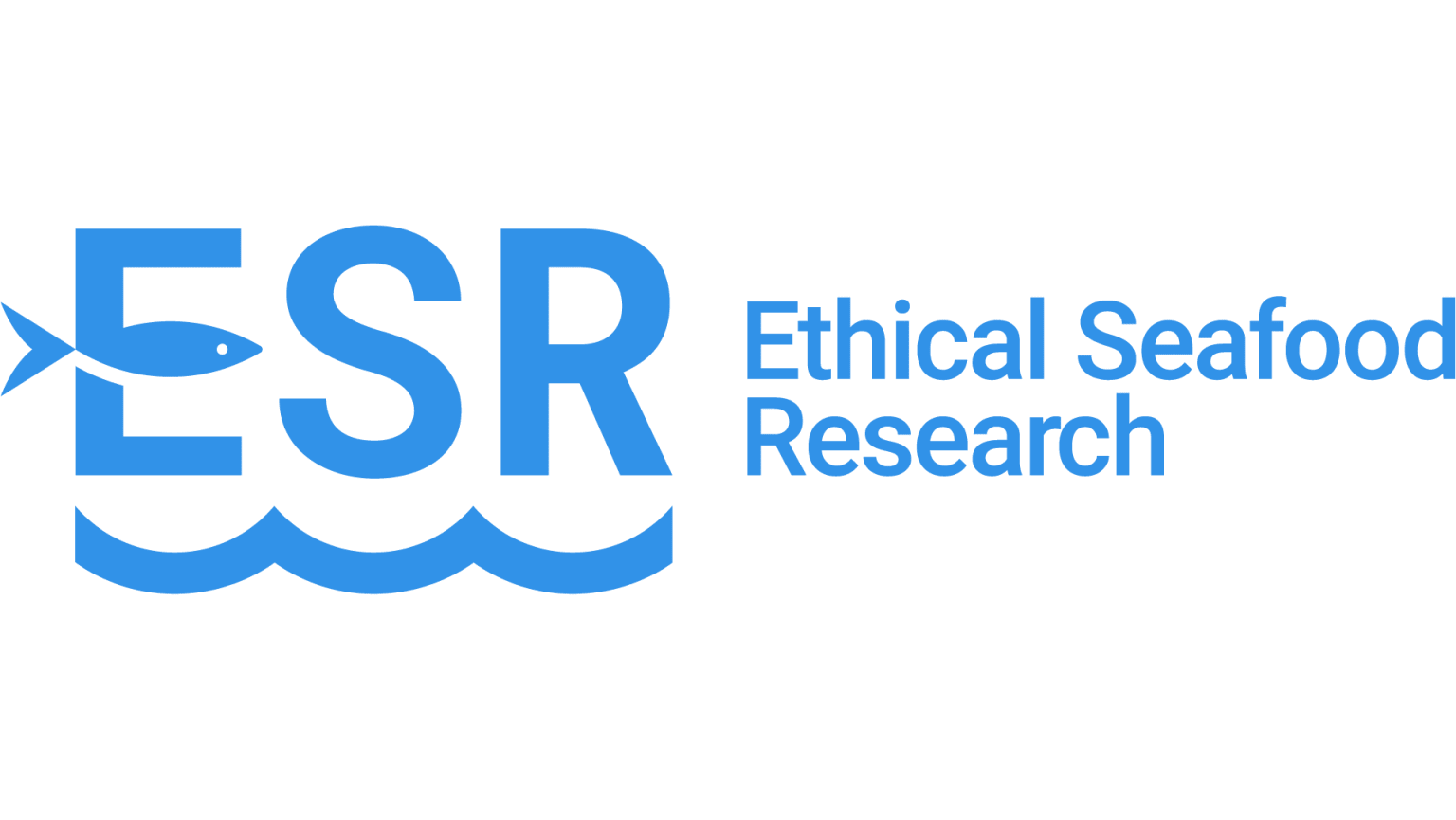
Faunalytics
Faunalytics is a U.S.-based organization that connects animal advocates with important information relevant to advocacy. Their work mainly involves conducting and publishing independent research, working directly with partner organizations on various research projects, and promoting existing research and data for animal advocates through their website’s content library. Faunalytics’ work helps fill the current evidence gap in animal advocacy, enabling us to build an evidence-based, resilient movement.
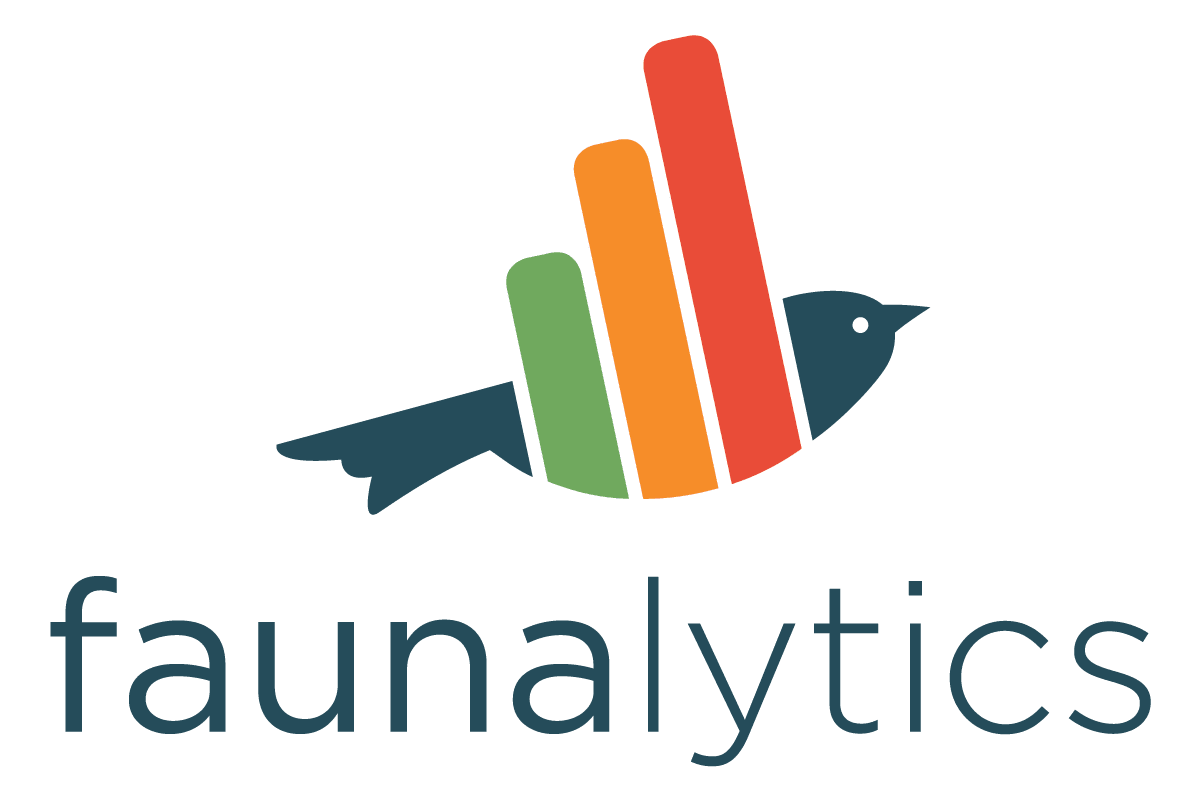
Legal Impact for Chickens
Legal Impact for Chickens (LIC) works to hold factory farms in the United States accountable for their cruelty towards chickens and other farmed animals. They achieve this by filing strategic lawsuits, developing and refining creative methods to civilly enforce existing cruelty laws in factory farms, and suing companies that breach their animal welfare commitments.
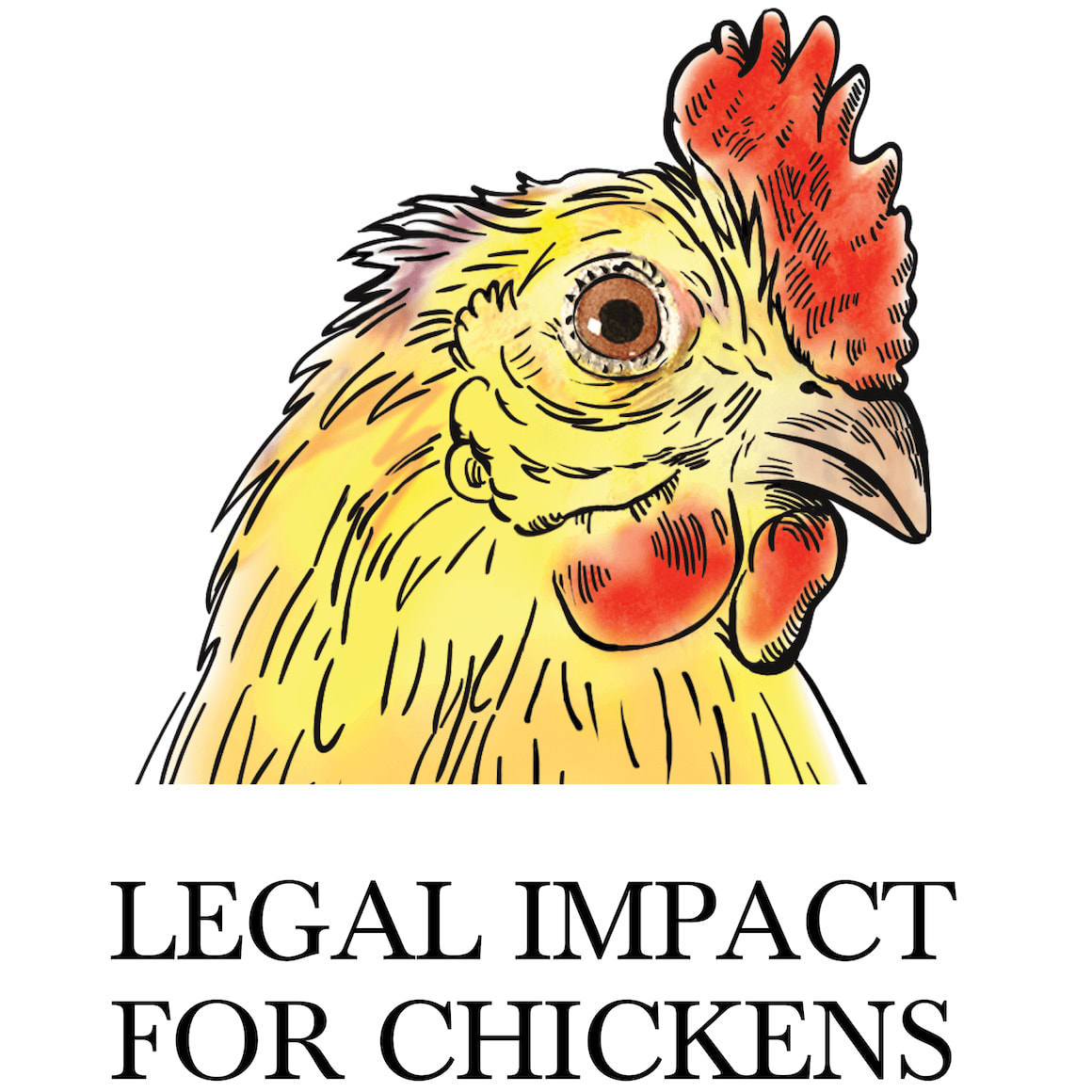
New Roots Institute
New Roots Institute empowers the next generation to end factory farming. They provide comprehensive training to high school and college students and collaborate with mission-aligned organizations to drive behavioral and structural changes in local communities. Their evidence-based approach creates feedback loops within school networks, facilitating shifts in norms and systems. This positions students as lifelong advocates equipped with the skills to influence organizations, governments, and corporations.
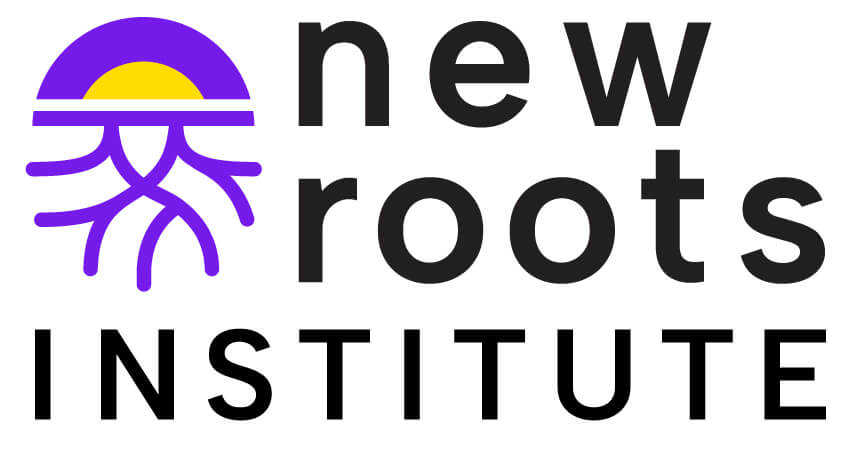
Shrimp Welfare Project
Shrimp Welfare Project (SWP) is the first organization working exclusively to improve welfare for farmed shrimps. SWP operates through four strategic workstreams: the Humane Slaughter Initiative, which deploys electrical stunners to catalyze industry-wide adoption of humane slaughter; Sustainable Shrimp Farmers of India (SSFI), which supports small-scale farmers through evidence-based interventions like sludge removal that reduce chronic suffering; Research & Policy, which advances welfare standards across certification bodies and legislation; and Precision Welfare, which guides the industry toward using precision aquaculture technologies to optimize for welfare outcomes. By 2030, SWP aims to reach a tipping point where humane practices such as electrical stunning become the industry standard.
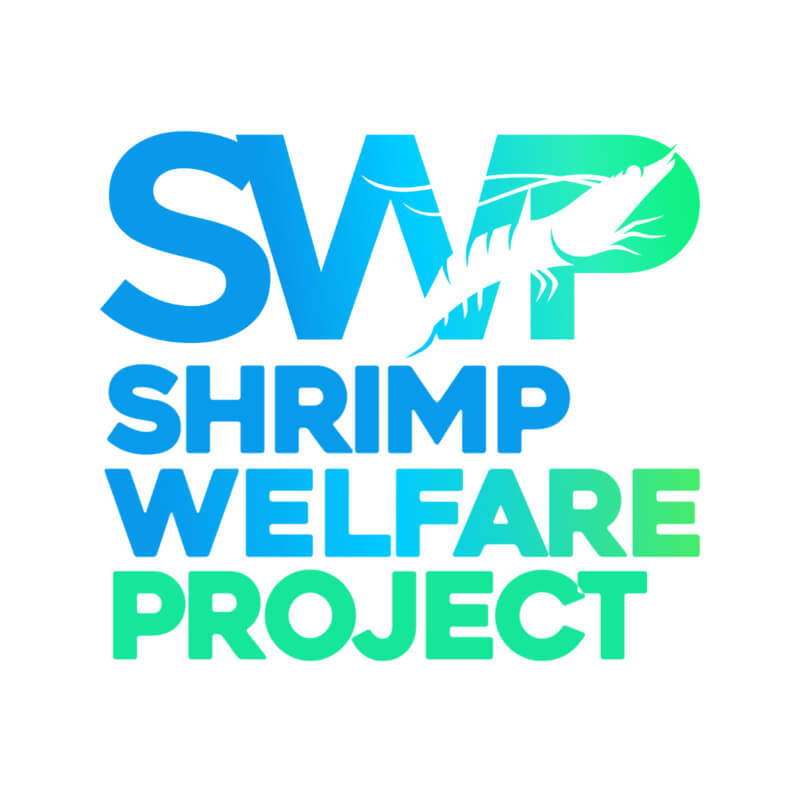
Sociedade Vegetariana Brasileira
Sociedade Vegetariana Brasileira (SVB) promotes plant-based eating in Brazil through meat reduction programs, government advocacy, and public engagement. SVB drives change by operating across government, healthcare, education, industry, and media, combining institutional outreach with grassroots efforts in over 46 cities. They collaborate with celebrities and media to reach broader audiences and escape the plant-based echo chamber. Their initiatives have led to over 530 million vegan meals served, plant-based policies in schools and hospitals, and a nationwide grassroots movement. By engaging public officials and civil society, SVB seeks to reduce farmed animal suffering and promote sustainable food systems.
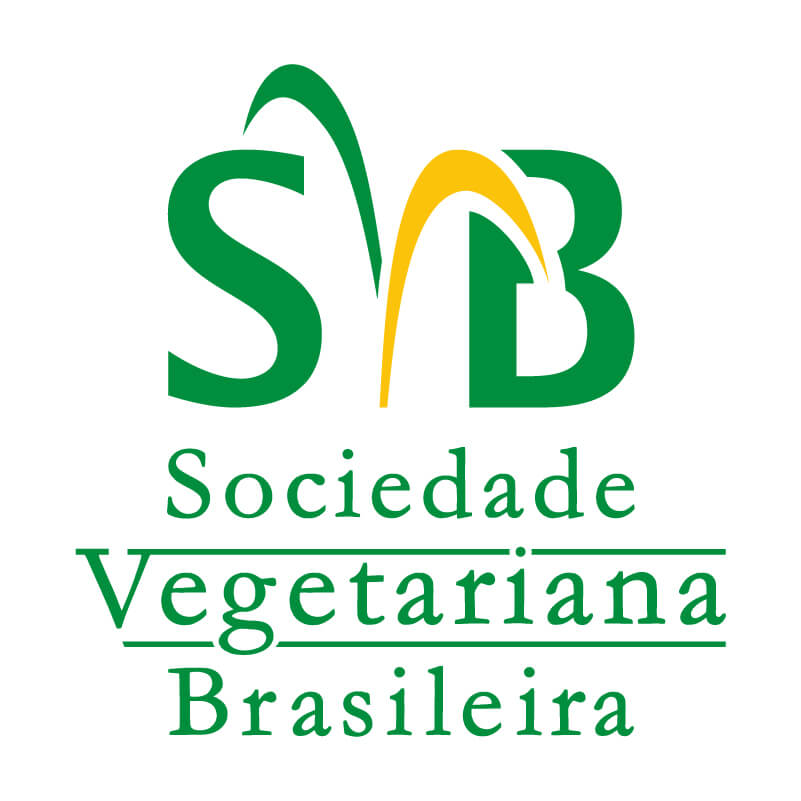
The Humane League
The Humane League (THL) works globally to end the abuse of animals raised for food. They do this through corporate negotiation, pressure campaigns, public policy, media coverage, and community power-building. The Humane League also supports the long-term impact and capacity of the animal advocacy movement through the Open Wing Alliance (OWA) and the Animal Policy Alliance (APA).
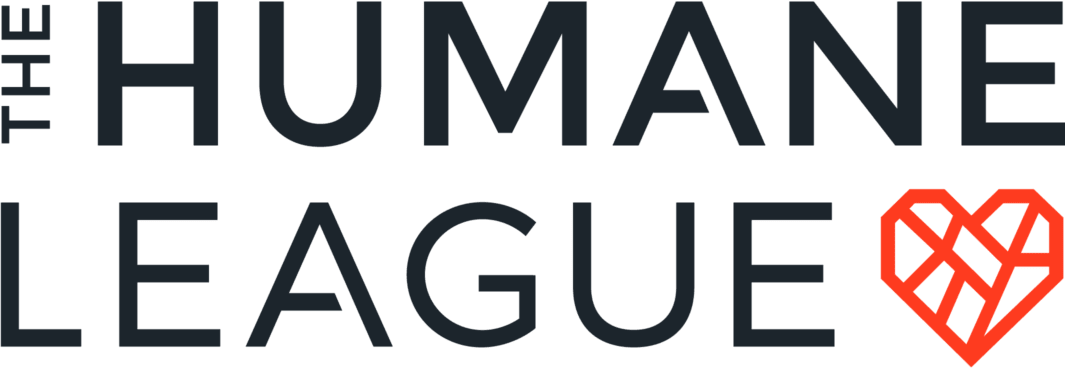
Wild Animal Initiative
Wild Animal Initiative is a U.S.-incorporated organization working internationally to improve our understanding of wild animals’ lives by advancing the field of wild animal welfare science. By conducting research and supporting other wild animal researchers, the organization aims to increase academic interest in wild animal welfare and identify evidence-based solutions to improving wild animals’ wellbeing.
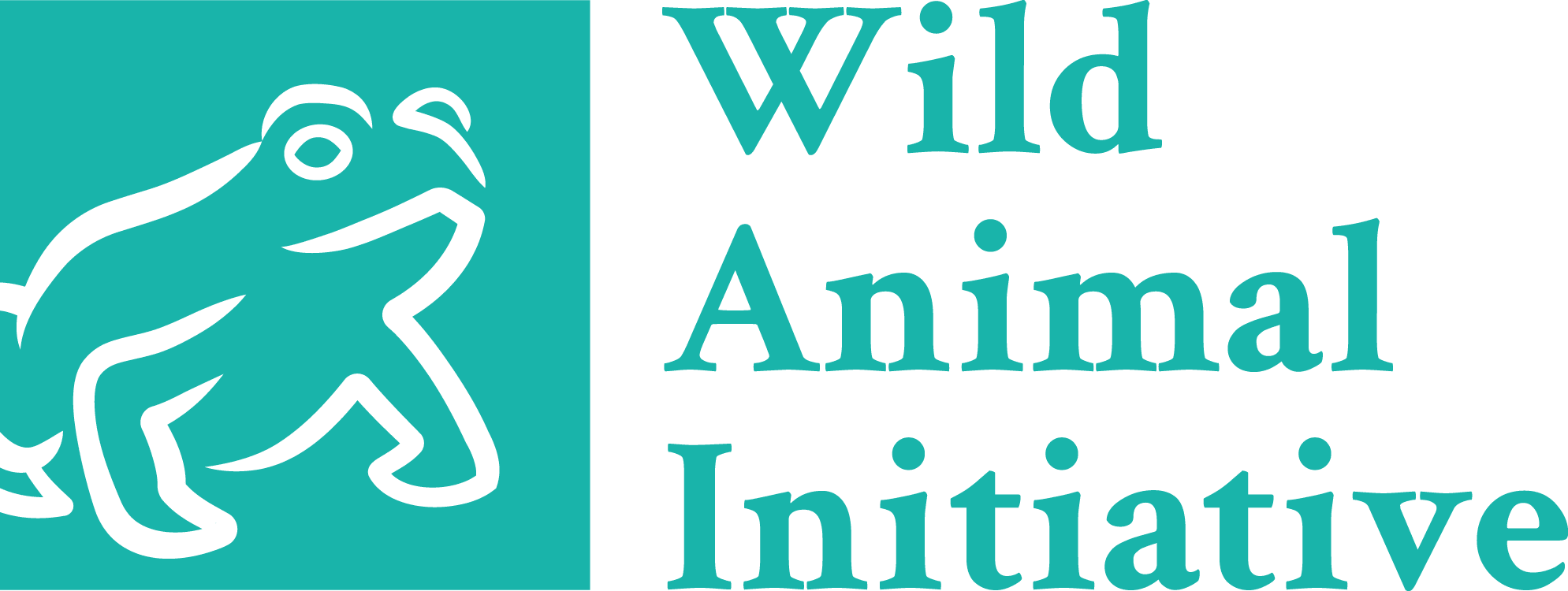

Strong downvote again for not engaging with the substance/purpose of the post (telling us about the great charities they are reviewing), and instead bringing in a sideline discussion about nematode/wild animal welfare.